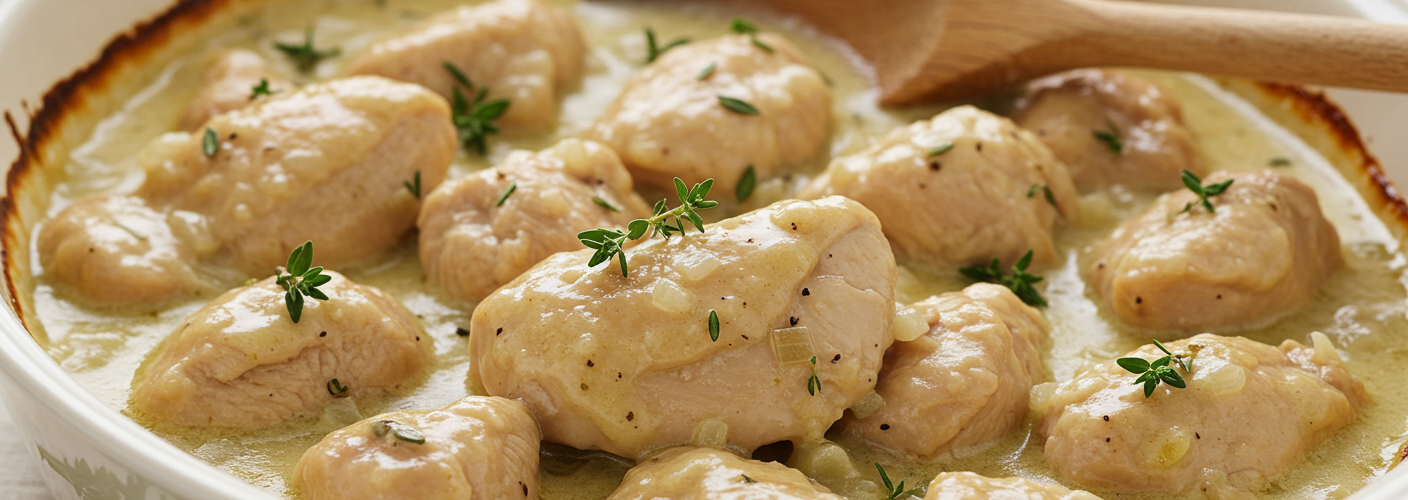Fricasse, a dish that resonates with comfort and tradition, combines the art of braising with the delightful textures of cut-up meat served in a savory sauce. This preparation method has deep roots in various cuisines around the world, each adding its unique flair that makes fricassee a versatile and cherished meal.
At its core, fricassee involves slow-cooking meat—typically poultry, but not limited to it—in a harmonious blend of broth, wine, and aromatic vegetables. The slow braising process not only tenderizes the meat, making it incredibly succulent, but it also allows the flavors of the sauce to meld seamlessly with the dish. The result is a velvety, rich gravy that envelops the meat, making each bite an indulgent experience.
The origins of fricassee can be traced back to the French countryside, where the dish was likely created as a way to showcase local ingredients in a comforting, hearty meal. Over time, it has transcended borders, becoming a staple in kitchens around the globe, from family gatherings to fine dining establishments. Variations of fricassee exist in many cultures, each featuring local spices, vegetables, and cooking techniques.
Ingredients and Preparation
To create a traditional fricassee, one can start with basic ingredients that highlight the essence of the dish. Common choices for the meat include chicken, rabbit, or even veal. For a vegetarian version, hearty vegetables, such as mushrooms or eggplant, can take the place of meat, providing an equally satisfying experience.
Basic Ingredients:
- Meat (chicken, rabbit, or an alternative)
- Aromatics (onions, garlic, shallots)
- Vegetables (carrots, peas, mushrooms)
- Broth (chicken or vegetable)
- White wine
- Herbs (thyme, bay leaves, parsley)
- Cream (optional for richness)
- Seasoning (salt, pepper)
The preparation begins with browning the meat in a bit of oil, allowing the exterior to develop a golden crust. Following this step, the aromatics are added, releasing aromatic compounds that can create a fragrant base for the sauce. Next, vegetables are introduced, creating a colorful mix that will enhance both flavor and visual appeal.
Once these components are combined, adding broth and wine allows for a slow simmer where flavors develop over time. Depending on the recipe, cream can be stirred in towards the end for an elegant, silky finish.
Serving Suggestions
Fricasse is best served warm, accompanied by a starch that can absorb the luscious sauce. Options might include fluffy rice, creamy mashed potatoes, or a crusty loaf of bread to soak up every drop of the sauce. For an elevated dining experience, a sprinkle of fresh herbs or a squeeze of lemon juice can add brightness to the dish, creating a beautiful balance of flavors.
A Timeless Favorite
With its rustic charm and comforting taste, fricassee remains a beloved dish in many households. Whether you’re cooking for a family gathering or a special occasion, this versatile braised meat dish never fails to impress. Embrace the warmth and depth of fricassee, and let it transport you to a culinary journey filled with rich history and flavors. Indulge in this timeless classic and make it a staple in your recipe repertoire!




Add comment